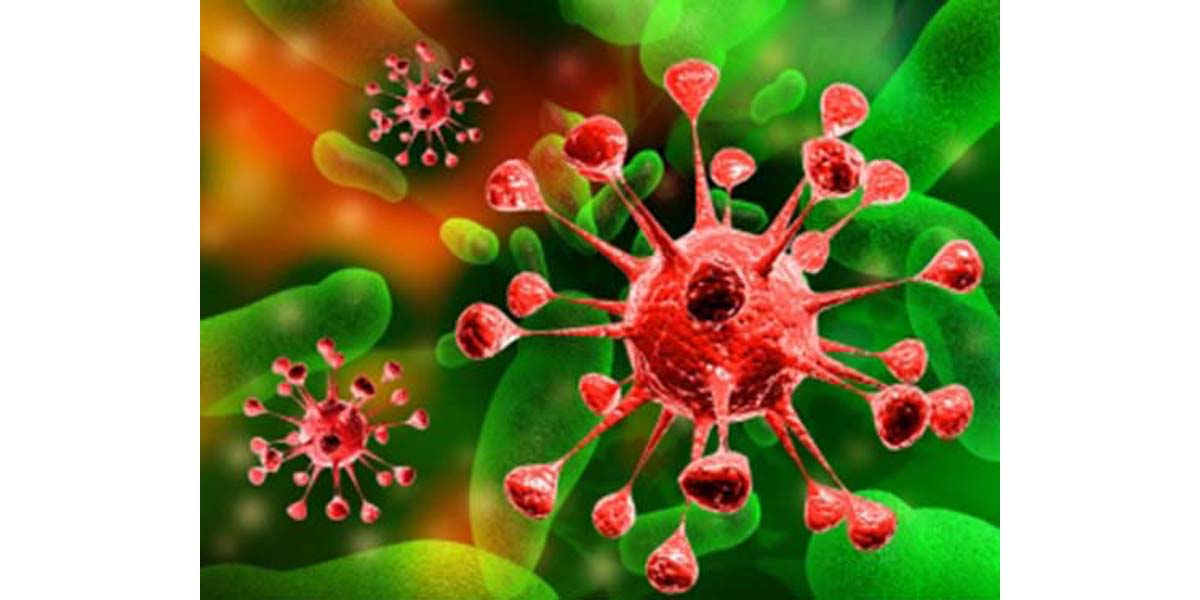Table of Contents
Kadcyla really is a revolutionary way of treating breast cancer. It has been approved for use by the FDA in about 20% of breast cancer cases. These are cases which are typically a more aggressive form and less responsive to hormonal therapy.

It is most efficacious in patients whose cancerous cells overexpress HER-2 which is Human Epidermal growth factor Receptor 2. This means that the cells of these patients have more of this receptor on their cell membrane than normal. Herceptin can circulate in the blood and find these receptors and whatever cancer medicine is attached to the Herceptin molecule can then target the cell and destroy it. There are two types of these medicines:
- Anthracyclines are like antibiotics. They damage the DNA which is found inside cancer cells. This makes the cells die. Typical anthracyclines include: Adriamycin, Ellence, and Daunorubicin.
- Whereas Taxanes interfere with the way that cancer cells proliferate and divide. Types of taxanes include: Taxol, Taxotere, and Abraxane.
The trouble is that these two molecules, Herceptin and the cancer medicine can come apart in places other than directly at the site of the cancer. This can cause other innocent cells to be affected in the way that we want the cancer cells to be. This causes the side effects and the randomness of when it happens means that every cancer patient who is undergoing therapy is affected in different ways.
Kadcyla
The key to the way that Kadcyla works is the third molecule which has been introduced into the mix. The third molecule binds strongly to the two others. It only lets them break apart once they are inside the cell – and the Herceptin ensures that they target mainly cancerous cells at the site of the tumour. Once they are inside, then, boom!
Late Stage Cancer
At the moment, this has been approved for use in patients with late stage cancer who have already been treated with Herceptin and Taxane. It prolongs the life of late stage sufferers by around 10 months and costs around twice that of other treatments.
But GPs do not have to restrict themselves only to the FDA guidelines. Researchers are now exploring the possibility that this and similar advances in drug-delivery technology may soon become available to early stage breast cancer patients and also to patients who have other types of cancers. Much more research is needed in order to make this a reality.
If therapies like these can be developed for these and other types of cancers then the 'Big C' would certainly start to lose some of its bite.


Your thoughts on this